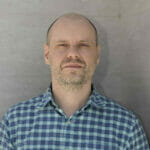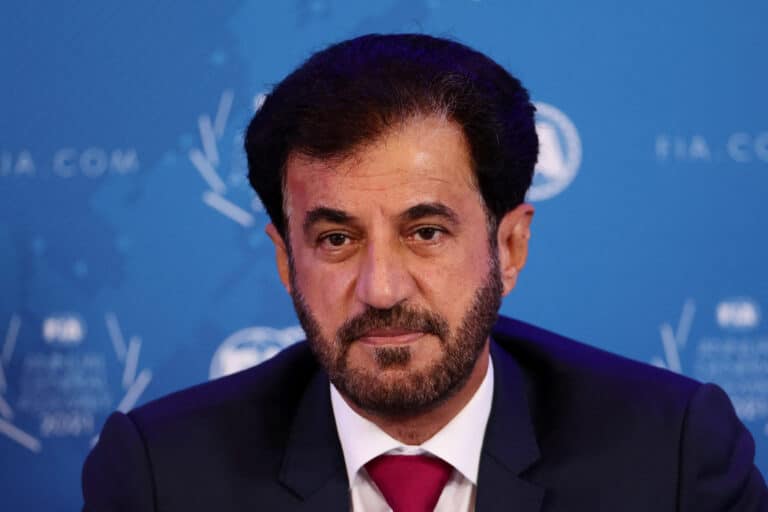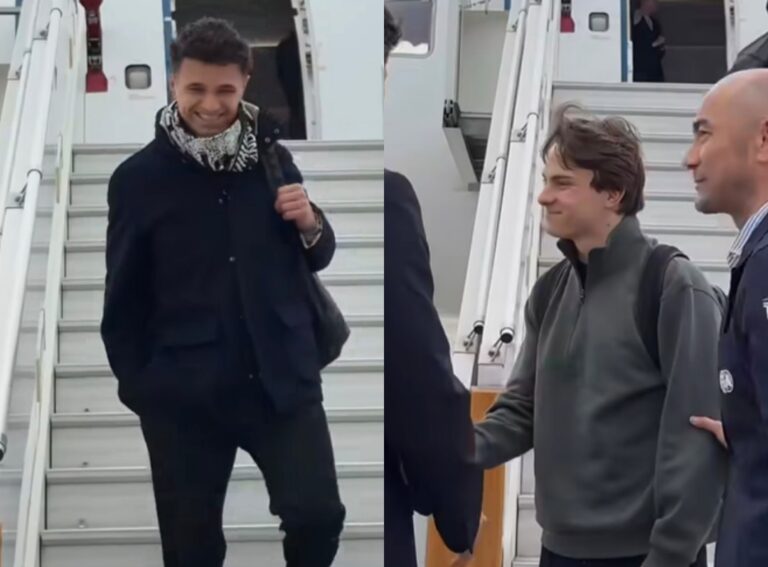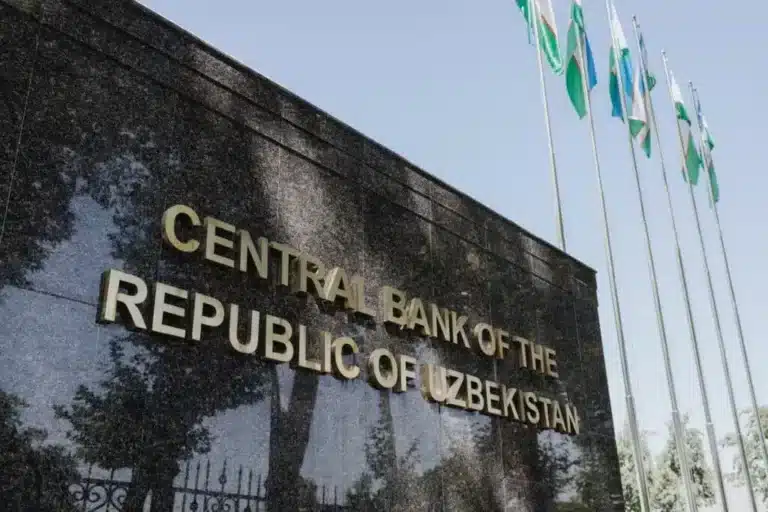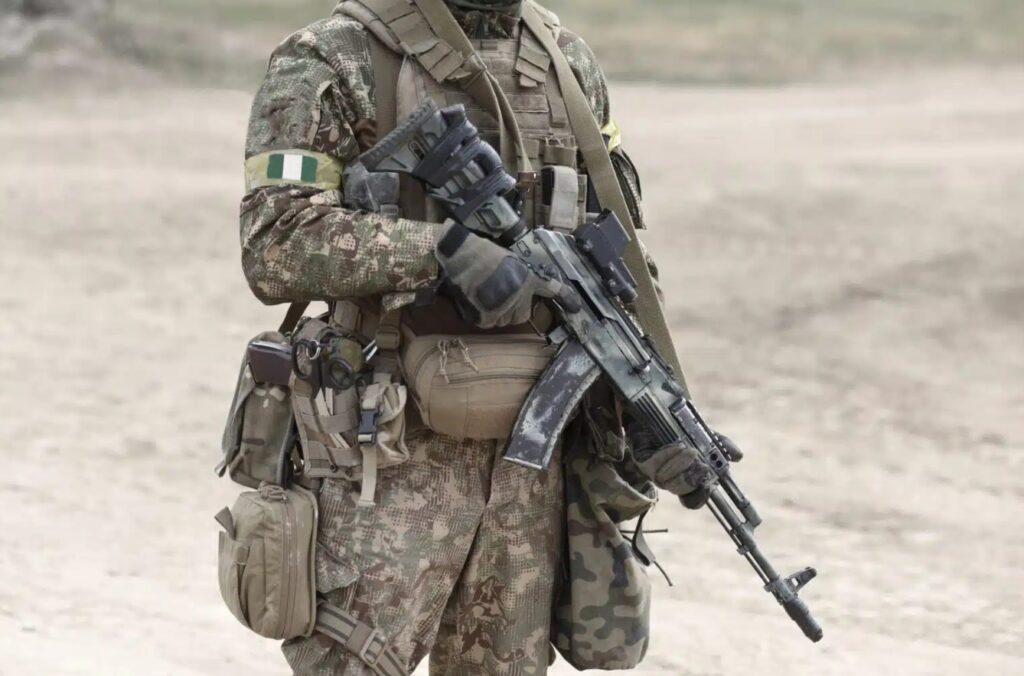
On November 1, former U.S. President Donald Trump accused the Nigerian government of failing to halt the “mass killings of Christians” and threatened a military strike against what he referred to as “Islamic terrorists.”
In Nigeria, where 56.1% of the population practices Islam and 43.4% Christianity, the government acknowledges that there are significant issues but rejects the notion of a “genocide of Christians.” The authorities in Abuja believe such statements reflect a lack of understanding of the diversity and complexity of the situation in the country.
Are Nigeria’s Christians truly facing the “existential threat” mentioned by the American leader? What role does religion play in this conflict? Which groups are responsible for the attacks in various regions? Kursiv Uzbekistan takes a closer look.
Are the mass killings of Christians in Nigeria a reality?
According to the Observatory of Religious Freedom in Africa (ORFA), between October 2019 and September 2023, at least 16,769 Christians were killed in Nigeria, while another 11,185 were abducted. Due to the high number of victims with unknown religious affiliations (classified as “Unknown”), ORFA has also provided methodologically adjusted estimates based on proportions observed over the last two years. According to these calculations, the number of Christians killed may reach 22,361, and those abducted may total 12,499.
ORFA highlights the disproportionate nature of the violence. In absolute numbers, Christians are killed 2.7 times more frequently and abducted 1.4 times more often than Muslims. When considering the population share of each religious group within the state, the likelihood of being killed increases 6.5-fold for Christians, and the likelihood of being abducted increases 5.1-fold.
Cuius regio, eius religio
While various groups often use religion as a battle flag, many acts of violence are primarily driven by economic reasons. In Nigeria’s Middle Belt, there is intense competition for land and water between Fulbe (Fulani) Muslim herders and settled Christian farmers. As the population grows, agricultural expansion encroaches on grazing areas, exacerbating tensions.
Reports from international organisations indicate that more than half of the killings of Christians in Nigeria are carried out not by jihadist groups but by armed Fulani militias and associated gangs. Climate change and desertification in northern regions are forcing many Fulani to migrate further south into areas primarily inhabited by Christians, expanding the conflict into new territories.
Once peaceful and known for tourism, Plateau State has now become one of the most volatile areas in Nigeria. By 2025, the level of violence continued to rise, reinforcing a trend that resurfaced in 2024 after a relative lull over the previous four years.
Not only Christians…
Not only Christians, but Muslims are also victims of mass violence. According to ORFA, from October 2019 to September 2023, at least 6,235 Muslims were killed. When categories with unknown religious affiliations are redistributing, this figure may reach 8,314.
Contrary to common belief, Muslims are often the ones who die at the hands of local jihadists. Nigeria’s Muslim community is not homogeneous; it includes the reformist Salafist movement Izala, as well as the Sufi brotherhoods Qadiriyya and Tijaniyya. Between 5% and 12% of Nigerian Muslims identify as Shia. Some jihadist groups, primarily Boko Haram, view Sufis and Shia as «infidels» and legitimate targets. These organisations primarily operate in the Muslim northeast, making it unsurprising that their more moderate co-religionists often become the targets of attacks.
Additionally, these groups frequently feud with one another, resulting in casualties among both combatants and civilians. Muslims also suffer during counterterrorism operations conducted by Nigerian armed forces. On December 3, 2023, army drones struck residents of Tudun Biri village in Kaduna State who had gathered to celebrate the Prophet Muhammad’s birthday. Between 85 and 120 people were killed in this incident. The army accepted responsibility for the airstrike and issued an apology.
Key Figures in Nigeria’s Jihadist Underground
Boko Haram
Boko Haram is the most prominent jihadist group in Nigeria, serving as the foundation for several other influential factions. Its official name is “The Group of the People of Sunnah for Preaching and Jihad.”
The group was formed around 2002 in Maiduguri, the capital of Borno State, by its founder, Mohammed Yusuf. Residents of Maiduguri nicknamed the movement “Boko Haram,” which translates to “Western education is forbidden,” reflecting its opposition to secular schools, curricula, Western sciences and any forms of non-Islamic education.
In 2009, Boko Haram launched an uprising against the Nigerian government. The rebellion was suppressed, and Yusuf was killed while in prison. Following his death, the leadership of the movement passed to Abubakar Shekau. Under Shekau’s leadership, the group increasingly employed terror tactics, including bombings, attacks on cities and villages, abductions, mass killings and assaults on state institutions.
In March 2015, a significant portion of Boko Haram pledged allegiance to the Islamic State, resulting in a temporary rebranding as the Islamic State’s West Africa Province (ISWAP) and leading to an internal split within the group.
The movement primarily consists of members from the Kanuri ethnic group, but it also includes individuals from various other backgrounds. Boko Haram primarily operates in Nigeria’s northeastern region, particularly in the states of Borno, Yobe and Adamawa.
Boko Haram’s most notorious attacks
- Kano (January 2012) — a series of bombings and attacks on security forces, over 180 killed.
- UN Abuja (26.08.2011) — suicide car bombing, 21 killed, dozens injured.
- Madalla (25.12.2011) — bombing of St Theresa’s Church, 37 killed, about 50 injured.
- Attacks on schools (2012–2013) — Maiduguri, Damaturu, Mamudo, Yobe, over 110 children and students killed.
- Chibok (14.04.2014) — abduction of 276–300 schoolgirls, some still missing.
- Kala-Balge (05.05.2014) — attack on villages and vigilantes, around 310 victims.
- Baga and Doron Baga (January 2015) — mass killings and destruction of towns, up to 2,000 killed.
- Borno (28.11.2020) — killing of 110 farmers on rice fields.
- Chad (25.03.2020) — ambush on Lake Chad’s islands, 92 soldiers killed.
In May 2014, the UN Security Council designated Boko Haram as a terrorist organization and added it to its sanctions list.
Islamic State’s West Africa Province
ISWAP emerged in 2015 as a result of a split within Boko Haram. After pledging allegiance to ISIS, some fighters disagreed with Abubakar Shekau’s tactics, particularly his mass attacks on civilians, and chose to follow the leadership of Abu Musab al-Barnawi, the son of Boko Haram’s founder, Mohammed Yusuf. This more disciplined faction was recognized as the official branch of the Islamic State in West Africa.
The group is most active in the Lake Chad basin, spanning four countries: Nigeria, Niger, Cameroon and Chad. It utilises islands, swamps and forested areas as bases and attack points.
ISWAP’s strategy focuses on holding territory, establishing para-state structures and controlling economic resources. The organisation is governed by a shura council, which makes all major decisions.
Jihadists within ISWAP have implemented a taxation system in the territories they control. Their self-appointed “police” and “courts” enforce sharia law and punish crimes such as bribery and looting.
Unlike Boko Haram, ISWAP avoids attacking Muslim villages to maintain its social support base.
ISWAP and Boko Haram are competitors and adversaries. From 2016 to 2021, clashes occurred between them, culminating in Shekau’s death in May 2021, when he detonated explosives to avoid capture by IS fighters.
Ansaru
Ansaru is an armed jihadist group that officially calls itself the “Vanguard for the Protection of Muslims in Black Africa.” The group split from Boko Haram in 2012. Its leaders, Abubakar Adam Kambar and Khalid al-Barnawi, opposed indiscriminate attacks on civilians. Ideologically, Ansaru aligns with Al-Qaeda and advocates for the revival of the Sokoto Caliphate, which existed from 1804 to 1901.
The group operates primarily in northern and northwestern Nigeria, particularly in Kaduna State and the Birnin Gwari area. After experiencing a decline in 2013, Ansaru resumed its activities in 2020, presenting itself as a defender of the population against bandits.
Lakurawa emerged between 2016 and 2017 when the authorities of Sokoto State hired about 200 armed Malian herders to protect against banditry. Initially, these herders moved to the Gongono Forest with their families and livestock, acting as allies of local communities with government support. However, by 2018, Lakurawa declared its goal of establishing a caliphate, opened camps for training fighters, and began collecting zakat. This led to clashes with other religious groups.
After killing a local chief, the armies of Nigeria and Niger intervened, temporarily suspending the group’s activities. Lakurawa re-emerged in 2021, now allied with bandits and Fulani extremists. The organisation operates in Sokoto and Kebbi states along the border with Niger.
Mahmuda
The Mahmuda group has been active in Kwara State since at least 2020. Locals believe that the group originated from north-eastern Nigeria, with some of its members being former Boko Haram fighters who fled from the Nigerian army.
The group’s base is thought to be located in Kainji National Park. From there, they launch attacks on communities in the Kaiama and Baruten areas, and they also cross into Niger State.
Residents have noted that the group’s combat methods are similar to those of Boko Haram, as their fighters “attack, kill, and brutally deal with people.”

